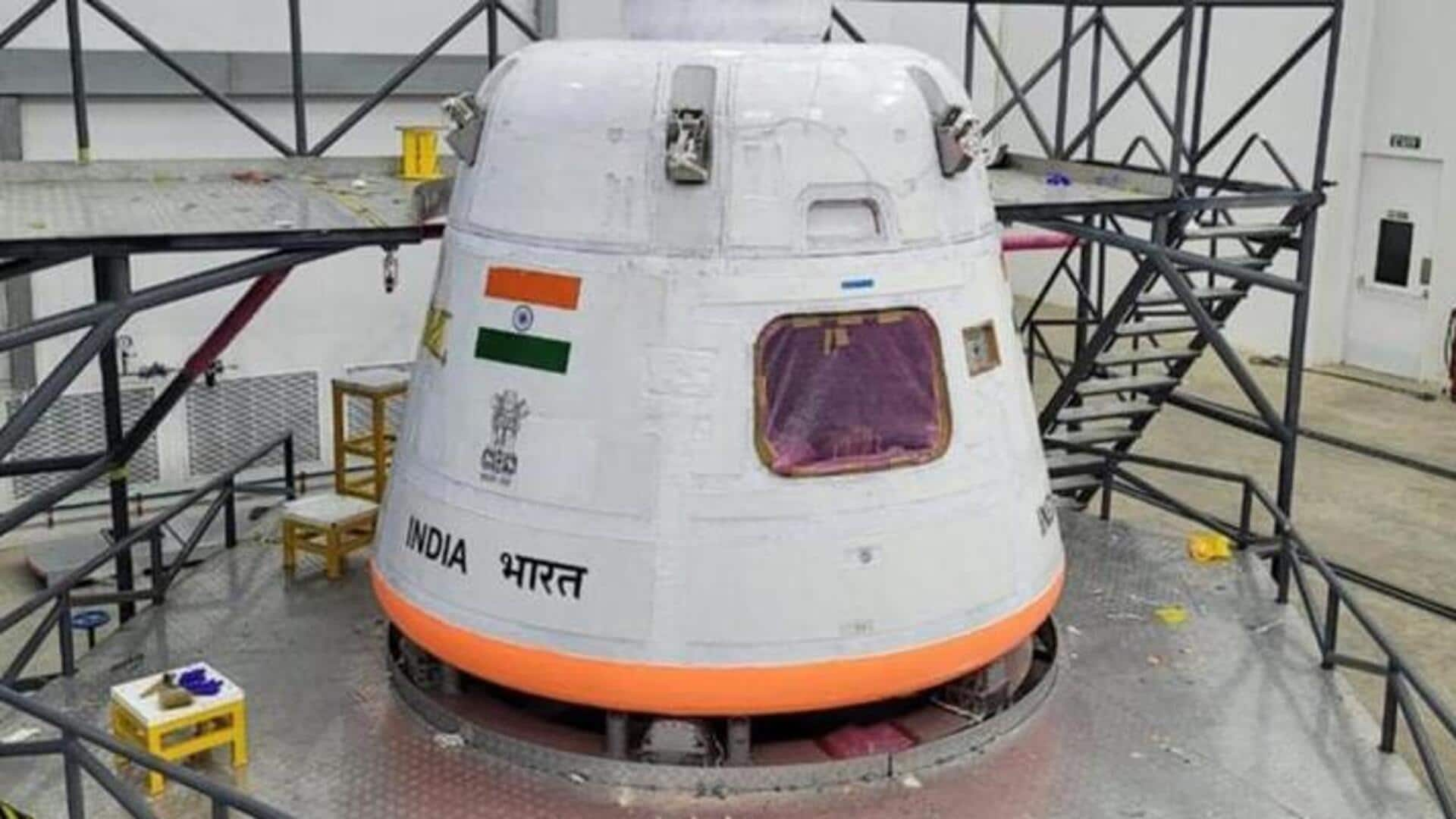
ISRO completes hot‑fire tests for Gaganyaan propulsion system
What's the story
The Indian Space Research Organisation (ISRO) has conducted two successful hot tests of the Gaganyaan Service Module Propulsion System (SMPS). The tests were conducted at the ISRO Propulsion Complex in Mahendragiri, Tamil Nadu. They were aimed at validating the configuration and performance of this key component for India's first human spaceflight mission scheduled for the first quarter of 2027.
Test details
Both tests were successful
The first hot test lasted for 30 seconds, while the second one was a longer 100-second trial. ISRO confirmed that both tests were successful and the propulsion system worked exactly as predicted in pre-test analyzes. A key highlight of the second test was that all 16 Reaction Control System (RCS) thrusters and five Liquid Apogee Motor (LAM) engines operated simultaneously in steady-state and pulsed modes.
System specifications
SMPS to handle orbital maneuvers and emergency abort operations
The SMPS is a crucial part of the Gaganyaan Orbital Module, responsible for orbital maneuvers and emergency abort operations. It comprises five LAM engines, each generating 440 Newtons of thrust, and 16 RCS thrusters delivering 100 Newtons each. The successful testing and robust design of this system are vital to ensure crew safety and mission success.
Next steps
Plans for full-duration hot test are underway
The Liquid Propulsion System Centre (LPSC) is spearheading the SMPS technology development. After these successful hot tests, ISRO officials are confident and have announced plans for a full-duration hot test in the near future. This will further validate the propulsion system before its integration into the Gaganyaan Orbital Module. Each successful test brings ISRO closer to its human spaceflight vision and strengthens India's position in the global space community.